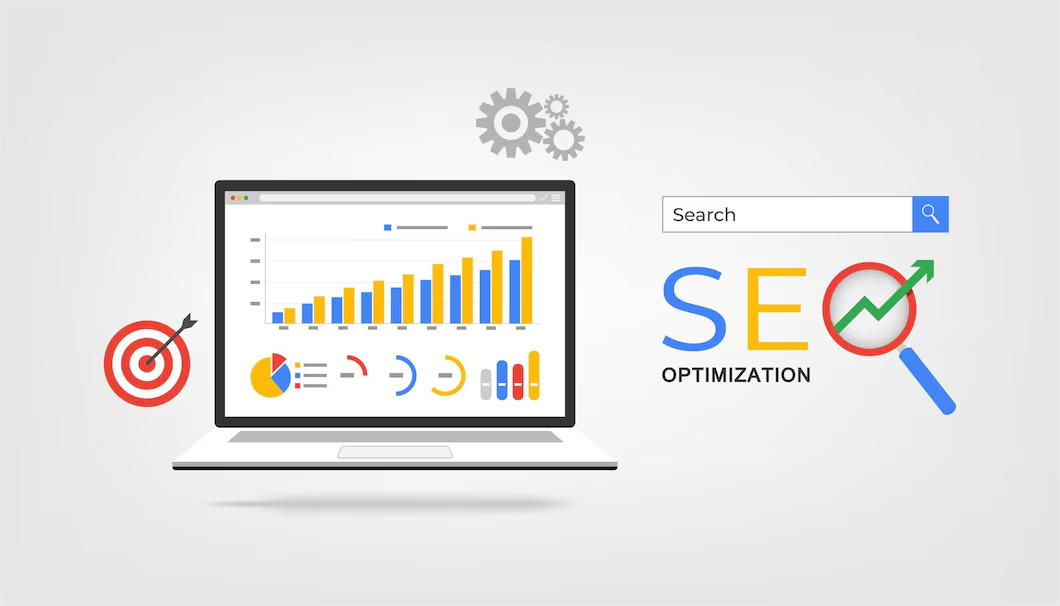Why SEO Matters

SEO (Search Engine Optimization) is the process of improving your website’s
visibility in search engine results. Effective SEO brings more organic
traffic, builds credibility, and increases conversions. Modern SEO is about
both technical structure and high-quality, user-focused content.
Did you know? Using semantic HTML and structured data can
dramatically improve your site’s ranking and click-through rates.
SEO-Friendly HTML Structure
Use a single <h1> for the main title, and
<h2>, <h3> for subheadings. This
creates a clear hierarchy for search engines and users.
Example:
<h1>SEO Optimization</h1>
Always use descriptive alt text for images to improve
accessibility and image search ranking.
Example:
<img src="seo.jpg" alt="SEO Growth Graph">
Include unique <title> and
<meta name="description"> tags for each page to help
search engines understand your content.
Use <a href> with descriptive anchor text for internal
and external links. This helps both users and search engines navigate
your site.
Structure your page with <header>, <nav>,
<main>, <section>,
<article>, and <footer> for clarity and
accessibility.
SEO Best Practices
- Use clean, descriptive URLs with keywords (
/seo-optimization.html). - Optimize images for fast loading and always include
alttext. - Write unique, high-quality content that answers user intent.
- Maintain a logical heading structure (
h1 > h2 > h3). - Add internal links to connect related content and improve crawlability.
- Test your site’s mobile responsiveness and loading speed.
Structured Data for Rich Results
Structured data (schema markup) helps search engines understand your content and can enhance your listings with rich snippets (like ratings, FAQs, or events). Use JSON-LD format for easy integration.
<script type="application/ld+json">
{
"@context": "https://schema.org",
"@type": "Article",
"headline": "SEO Optimization Best Practices",
"author": {
"@type": "Person",
"name": "Chetan Shepherd"
},
"datePublished": "2025-05-10",
"image": "https://images.unsplash.com/photo-1465101178521-c1a9136a3b99?auto=format&fit=crop&w=600&q=80",
"publisher": {
"@type": "Organization",
"name": "Antim Technologies LLP"
}
}
</script>
Internal Links & Navigation
Internal links help search engines crawl your site and keep users engaged. Use descriptive anchor text and connect related pages.